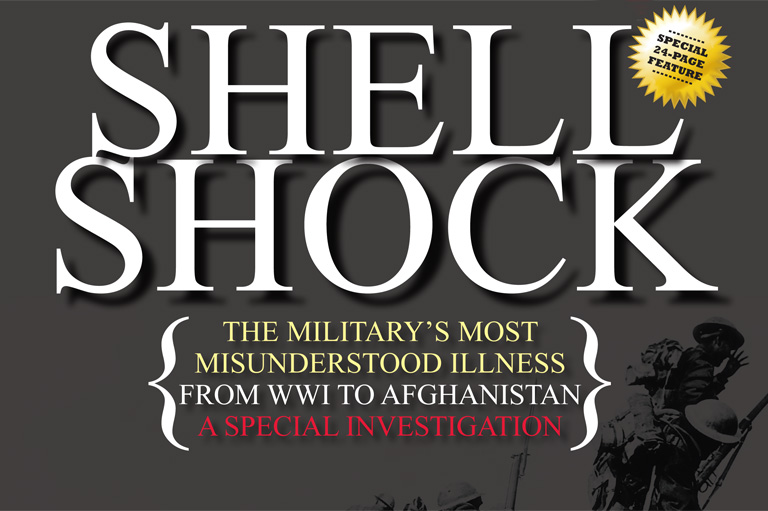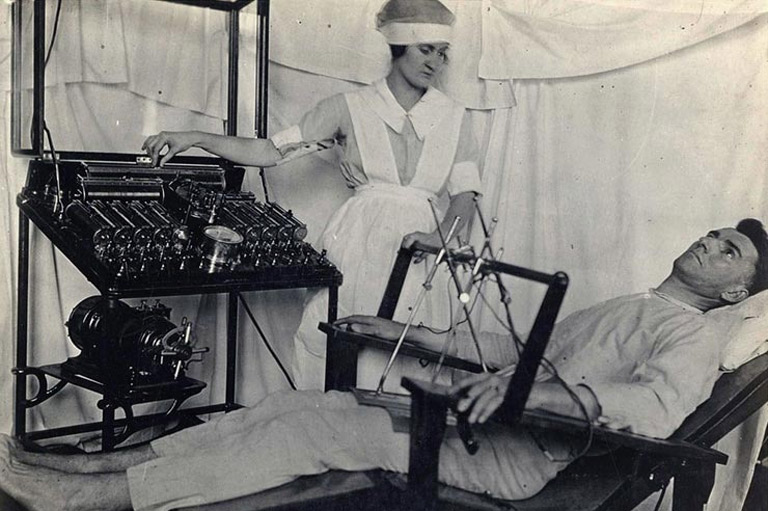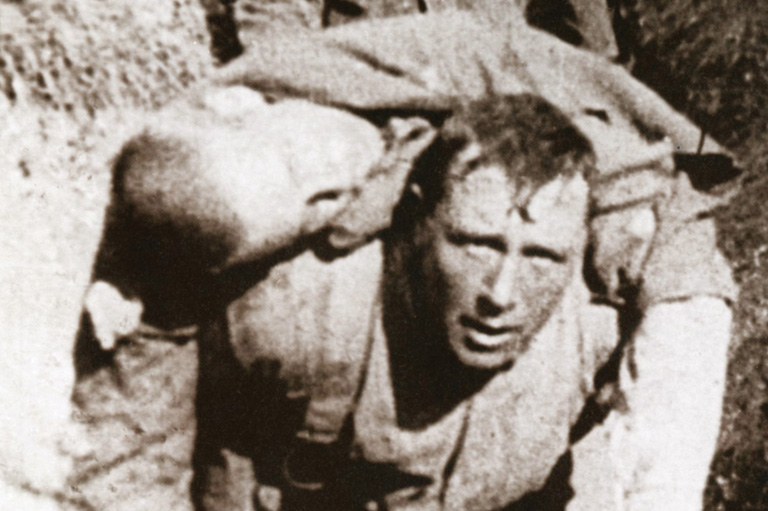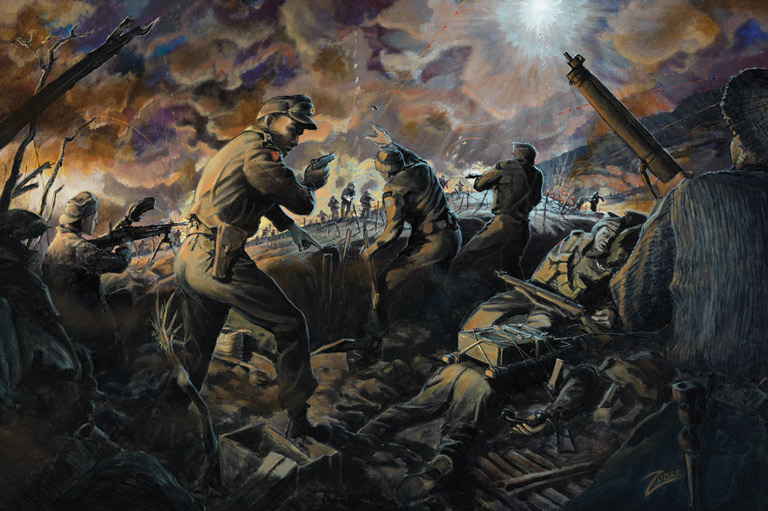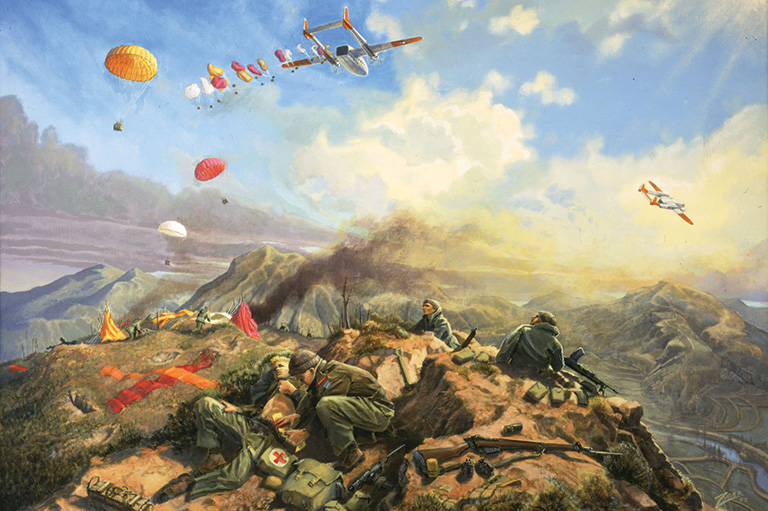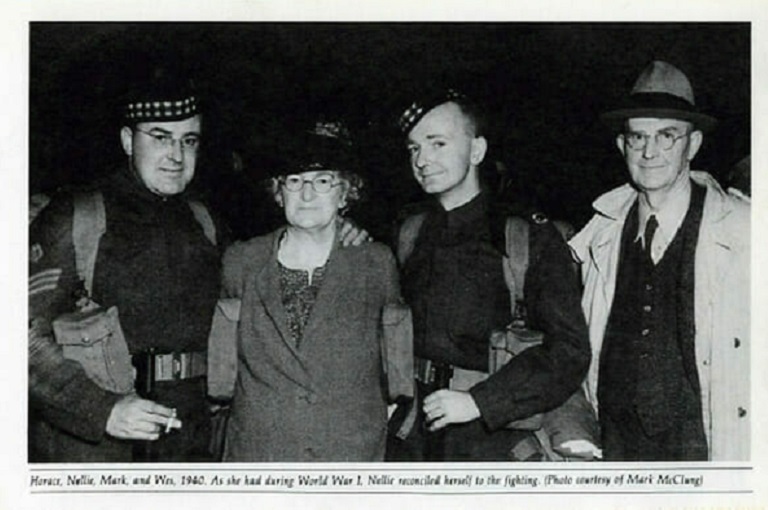One For The Boys
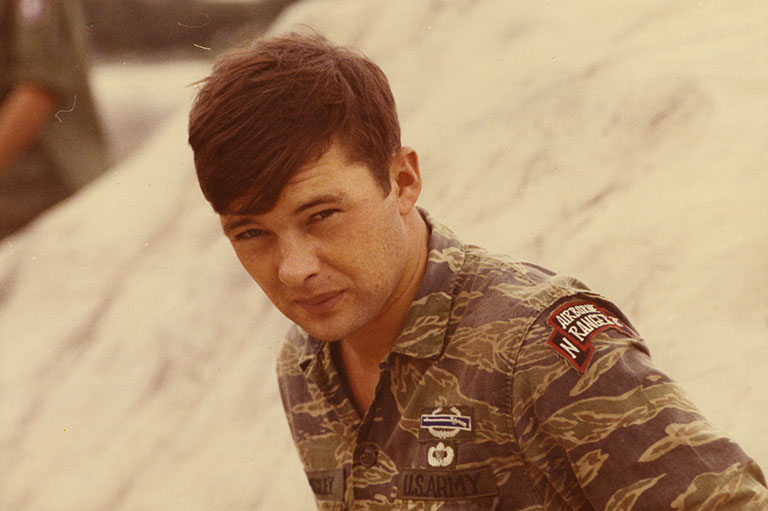
He was a young Newfoundlander and a patriotic Canadian who volunteered with the United States Army to fight in Vietnam at a time when thousands of young Americans were fleeing to Canada to avoid the draft.
He served with distinction during his two tours, spending eighteen months as an elite special forces soldier. And, like many other Vietnam veterans, he was scorned upon his return from Vietnam by a misinformed, angry public.
Haunted by the memories of war and by the traumatic reception he received, he realized that many of his fellow soldier-brothers were also struggling after their return from the war. In 1982, he launched a cross-America walk to raise awareness of Vietnam veterans.
His name was Sergeant John W. Blake, U.S. Special Forces N/75th Ranger, of the 173rd Airborne Regiment — and he was my brother.
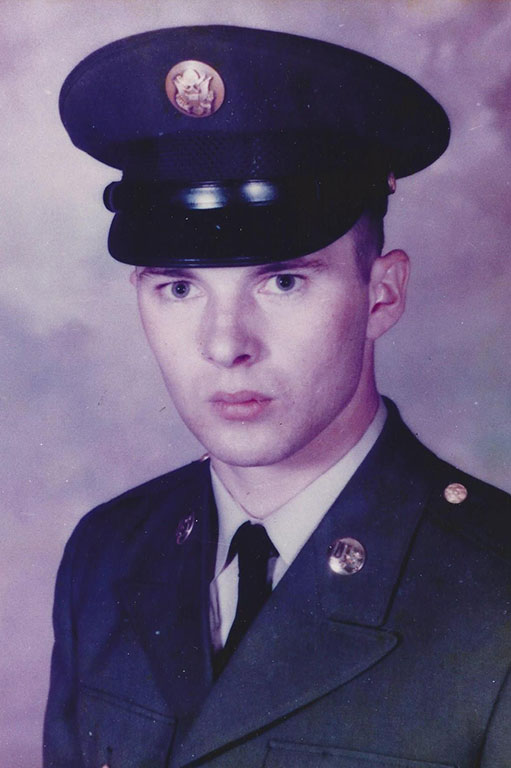
I’ll never forget that day in 1968 when my only brothers, John, then nineteen, and David, then seventeen, said they were going to enlist.
Canada was not at war with Vietnam, but it did support the United States and South Vietnam by providing military supplies, materials, and so on. Both John and David believed deeply in the need to stop the growing Communist threat in Asia.
Their decision to enlist would change our little family forever. Our mother retreated into a depression for three days before finally surfacing from her bedroom.
During that time, we all felt a cloud of sadness hovering over our little home. But it was tempered with pride, because our boys were about to do just as our deceased father, a Great War veteran, had done — journey to a faraway land to fight in a war that was intended to free the oppressed.
David trained and served as a mechanic, working on helicopters in Vietnam, but John — he was a warrior. He spent his time in the war zone, doing extremely dangerous work that brought him in direct contact with the enemy and the many atrocities of war.
John lost far too many good friends in Vietnam. A gifted writer, he used his poetry and journals to memorialize the lives of his fellow soldiers. Thoughts of those brave men followed John every day of his life.
In 1972, John, like many other soldiers, returned home suffering from undiagnosed post-traumatic stress disorder (PTSD). He moved to the United States in 1976 and quickly realized that his fellow veterans were suffering, too.
The general public had little sympathy for the Vietnam veterans who struggled with PTSD, until they began to fill American emergency rooms. All of them were suffering from the same symptoms. By 1982 — the year that the Vietnam Veterans Memorial Wall was unveiled in Washington, D.C. — John had had enough.
He headed to Seattle, where he launched a one-man march across America to raise awareness of Vietnam veterans.
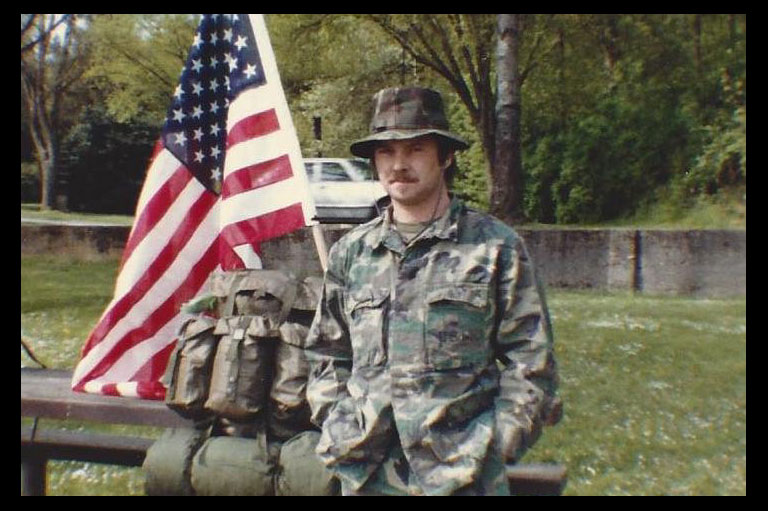
Carrying the American flag and dressed in authentic combat gear, he set out on the more than 5,100-kilometre journey to the U.S. east coast.
At first, John’s appearance along the highways of America seemed to confuse people. Why is he doing this? But with every conversation, and with each visit to a new town, John won over more and more supporters.
Soon, the media was interviewing him. They called him “The Walker,” and his path can be traced today by the newspaper coverage that followed his journey. For seven months he walked alone, without an entourage, relying instead on the kindness of strangers, and on his Ranger skills, remembering his unit’s famous motto: “Rangers lead the way.”
John’s journey was the first-ever “awareness” walk with the American flag. Following the completion of this mission, he became a veterans’ advocate, volunteering tirelessly for almost a decade for the rights of his fellow Vietnam veterans.
Throughout this time, our family knew that John was struggling with his own PTSD. We also knew that John wanted to come home and to grow old on a mountain overlooking the ocean; but he needed to stay in the U.S., where he could access medical intervention for his PTSD.
On February 13, 1996, the call we had all dreaded finally came. A voice over the phone from Hilo, Hawaii, informed me that our brother had died. After years of struggling with his PTSD, he had died by his own hand.
We were devastated, but we were not entirely surprised, because John had prepared us somewhat for the end of his life’s journey. But nothing prepared us for the devastation that occurred when we brought his remains home to Newfoundland for a military burial, which was his final request.
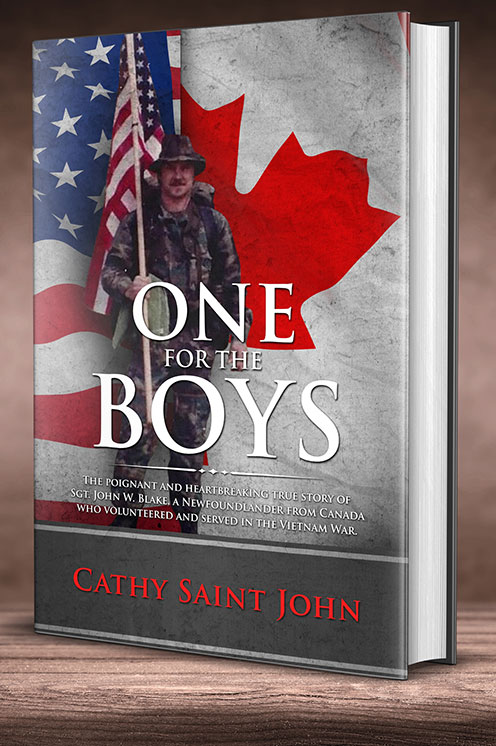
That story — a government’s brutal rejection of John’s wish to be buried in the only military cemetery in St. John’s, Newfoundland, the Field of Honour within Mount Pleasant Cemetery — is told in full in my new book, One For The Boys.
We never dreamt that a simple request of burial would trigger an emotional five-year fight with the Department of Veterans Affairs. It was inconceivable to our family that John, an honourably discharged and decorated Vietnam veteran, a Canadian, and the son of a First World War veteran, would be denied burial in a Canadian military cemetery. But it happened, and it was a cruel injustice.
Fast-forward to now, twenty-three years later, and tears still sting my eyes when I think about how much John had given to this world, and how his homeland, Canada, had denied him his final request to rest in peace there.
My family and I now recognize that it is necessary to share John’s story in the hope that it will help the public to better understand the impacts of PTSD and that it will lead to increased support and treatment for the afflicted and their families. We also hope John’s story will help clarify why too many military personnel and civilians choose to die as a result of their struggles with PTSD. Perhaps, his story will help catch them before they fall.
Writing about my late brother and his extraordinary story was not an easy task. It took a tremendous amount of time, sadness, tears, and courage to journey into John W. Blake’s struggles and triumphs and then, finally, to share his story with readers. I could have avoided going through this emotional pain, but then I would never have fully known a man that no one should ever forget.
The greatest compliment I can give to my late brother is to have written his story and gotten it right. It has taken two decades of writing, research, interviews, and editing to succeed.
Themes associated with this article
Advertisement
You might also like...

Canada’s History Archive, featuring The Beaver, is now available for your browsing and searching pleasure!

